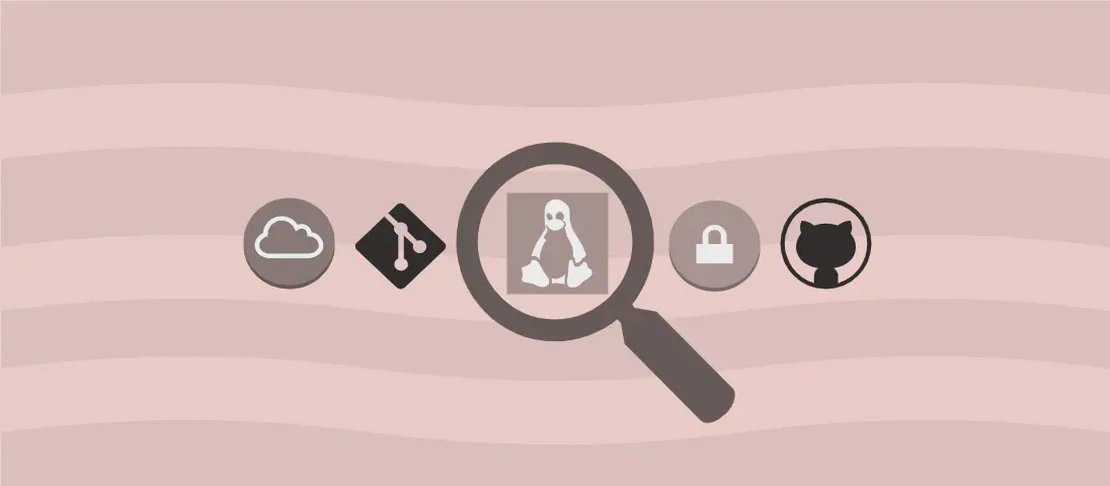
How to use the command 'dhcpwn' (with examples)
The dhcpwn is a command-line utility designed for testing DHCP IP exhaustion attacks and sniffing local DHCP traffic. It is particularly useful for network administrators and security professionals who need to assess their network’s resilience against potential DHCP attacks or monitor DHCP traffic for suspicious activities. By leveraging dhcpwn, users can simulate potential threats, thereby understanding the flaws and vulnerabilities within their network infrastructure and taking preemptive measures to mitigate potential risks.
Flood the network with IP requests
Code:
dhcpwn --interface network_interface flood --count number_of_requests
Motivation:
In a typical network environment, IP exhaustion can lead to denial-of-service attacks where genuine users are denied access to the network. By flooding the network with IP requests, administrators can test whether their DHCP server is robust enough to withstand such an attack. Performing these tests in a controlled environment can help in identifying potential bottlenecks and addressing them to ensure network resilience.
Explanation:
--interface network_interface: This argument specifies the network interface through which the flood attack will be conducted. It’s crucial to correctly identify the interface where the DHCP server resides, as the flood should reach the relevant server to be effective.flood: This command initiates the flood of IP requests. Flooding, in this context, means sending a large number of IP requests to see how the DHCP server handles them.--count number_of_requests: This option allows the user to specify the precise number of DHCP requests to send in the flood. Determining the appropriate request count is key, as sending too few may not simulate the stress conditions, while too many could overwhelm the network infrastructure.
Example Output:
Sending DHCP DISCOVER packets...
Sent 1000 packets.
Flood completed. Check the DHCP server logs for potential exhaustion points.
In this example output, the user observes confirmation of the number of DHCP DISCOVER packets sent. After completion, the administrator should review the DHCP server logs to find any signs of failure or errors indicating IP exhaustion.
Sniff local DHCP traffic
Code:
dhcpwn --interface network_interface sniff
Motivation:
Sniffing DHCP traffic is an essential practice for monitoring network activity and identifying any anomalies in DHCP transactions. By analyzing this traffic, administrators can ensure that no unauthorized devices are requesting IP addresses and that the DHCP process is functioning as expected. This can be particularly useful for troubleshooting network connectivity issues and for monitoring compliance with network policies.
Explanation:
--interface network_interface: Like the previous use case, this specifies which network interface to monitor for DHCP traffic. If a user monitors the wrong interface, they may miss critical DHCP activity, rendering the sniffing session ineffective.sniff: This command activates the sniffing mode ofdhcpwn, enabling it to listen to DHCP communications on the specified network interface. Sniffing, in network terms, involves capturing and analyzing data packets as they traverse the network.
Example Output:
Listening for DHCP packets on interface eth0...
Received DHCP OFFER from server 192.168.1.1
Received DHCP REQUEST from client 192.168.1.10
Received DHCP ACK from server 192.168.1.1 to client 192.168.1.10
No unauthorized DHCP servers detected.
This output provides a snapshot of real-time DHCP activities, such as offers, requests, and acknowledgments. It helps ensure communication integrity between the client and DHCP server while flagging any anomalies for further investigation.
Conclusion:
The dhcpwn command is an invaluable tool for testing and monitoring DHCP server resilience and traffic. By simulating IP exhaustion attacks and sniffing DHCP communications, administrators can detect weaknesses in network infrastructure and enhance their defenses against potential threats. Each use case illustrates how dhcpwn equips professionals with insights to maintain a secure and efficient network environment.

